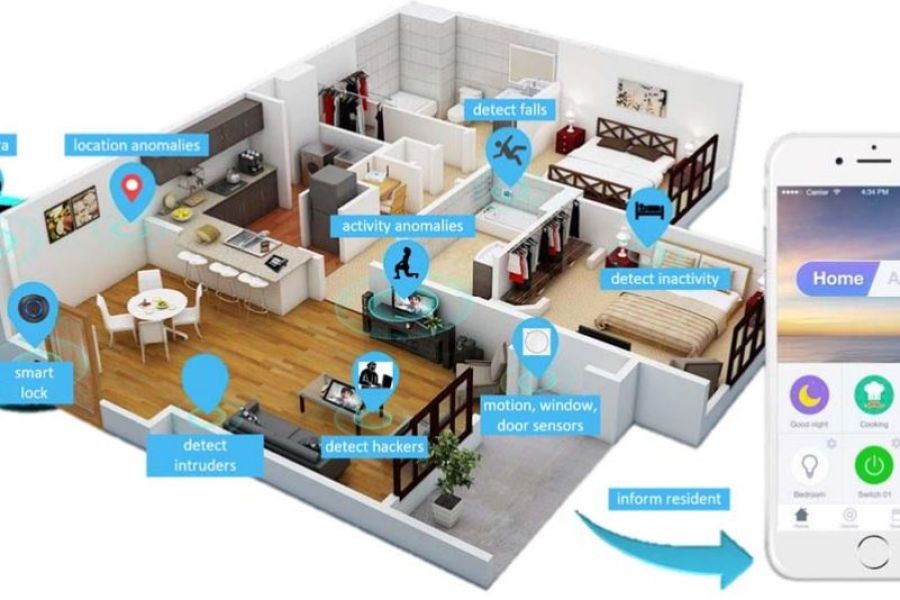Imagine living in a place where lush landscapes meet bustling cities, and the balance between work and personal life isn't just a dream—it's reality. In New Zealand, this idyllic vision is closer than you might think. Known for its breathtaking natural beauty and high-quality living, New Zealand also offers an exemplary work-life balance model. But how can individuals and businesses truly capitalize on this unique lifestyle opportunity? This article delves into the intricacies of work-life balance in New Zealand, offering actionable insights and real-world examples that demonstrate how to make the most out of it.
The Essence of Work-Life Balance in New Zealand
New Zealand consistently ranks high in global quality of life indices, largely due to its emphasis on achieving a healthy work-life balance. According to the OECD Better Life Index, New Zealanders work fewer hours per year compared to other developed nations, providing more time for leisure and family activities. This commitment to balance is embedded in the country's labor laws, which mandate fair working conditions and emphasize personal well-being.
For example, the Employment Relations Act 2000 promotes flexible working arrangements, allowing employees to request changes to their work schedules to better accommodate personal responsibilities. This focus on flexibility not only enhances employee satisfaction but also improves productivity, as happier employees are more engaged and efficient in their roles.
Industry Insight: The Role of Technology
Technology has played a pivotal role in shaping New Zealand's work-life balance. Remote work capabilities, enhanced by high-speed internet and cloud-based tools, have empowered employees to work from anywhere, reducing the need for lengthy commutes and rigid office hours. A 2022 survey by Stats NZ revealed that 44% of New Zealanders worked from home at least once a week, a trend that is likely to continue.
Furthermore, businesses in New Zealand have increasingly adopted digital solutions to streamline operations, allowing for greater efficiency and more time for employees to focus on personal pursuits. As a result, companies that embrace these technological advancements often see higher employee retention rates and improved overall performance.
Case Study: Xero – A Model for Work-Life Balance
Problem: Xero, a Wellington-based accounting software company, faced challenges in maintaining employee satisfaction due to rapid growth and increased workload.
Action: To address this, Xero implemented a comprehensive work-life balance strategy that included flexible working hours, remote work options, and a strong emphasis on employee well-being through wellness programs and mental health support.
Result: As a result, Xero saw a 30% increase in employee satisfaction scores and a 20% reduction in employee turnover over three years. The company’s commitment to balance has not only improved employee morale but also contributed to its reputation as one of the best places to work in New Zealand.
Takeaway: Xero’s success highlights the importance of integrating flexible work arrangements and wellness initiatives into business models to enhance employee satisfaction and retention. New Zealand businesses can replicate this model to foster a healthier work environment.
Debunking Common Myths About Work-Life Balance
- Myth: "Work-life balance means working less." Reality: It's not about working less but working smarter. New Zealand companies like Xero show that flexibility and efficiency lead to better results without increasing hours.
- Myth: "Only large companies can offer work-life balance." Reality: Small and medium enterprises (SMEs) can also implement flexible policies. In fact, SMEs in New Zealand often have more agility to make such changes, improving their competitiveness.
- Myth: "Work-life balance is an individual responsibility." Reality: While individual actions matter, organizational policies and culture play a crucial role in achieving balance. Companies that prioritize employee well-being see long-term benefits.
Pros and Cons of New Zealand's Work-Life Balance
Pros:
- Improved Mental Health: A balanced lifestyle supports mental well-being, reducing burnout and stress among employees.
- Increased Productivity: Happy employees are more productive, resulting in better business outcomes.
- Enhanced Employee Retention: Companies offering flexible work arrangements often see lower turnover rates.
- Better Family Life: More time at home strengthens family bonds and personal relationships.
Cons:
- Implementation Costs: Transitioning to flexible work arrangements may require significant initial investment in technology and training.
- Sector Limitations: Not all industries can offer the same level of flexibility, such as healthcare and manufacturing.
- Potential for Overwork: The blurring of lines between work and home life can lead some employees to overwork, negating the benefits of flexibility.
The Future of Work-Life Balance in New Zealand
As New Zealand continues to embrace technological advancements, the future of work-life balance looks promising. With the government's support for remote work and flexible policies, more businesses are expected to adopt these practices. According to a 2023 report by MBIE, the number of businesses offering flexible work arrangements is projected to increase by 25% over the next five years.
Moreover, as the global trend towards sustainability grows, New Zealand companies are likely to integrate eco-friendly practices into their work-life balance strategies. This includes reducing carbon footprints through remote work and promoting sustainable commuting options, aligning with the country's commitment to environmental stewardship.
Final Takeaways & Call to Action
- Embrace technology to enhance flexibility and efficiency in the workplace.
- Foster a culture of well-being by prioritizing employee mental health and satisfaction.
- Adopt flexible work arrangements to improve productivity and retention.
- Encourage a balance between work and personal life to support overall well-being.
Are you ready to transform your work-life balance? Start by implementing flexible policies and prioritizing employee well-being in your organization. Share your experiences and insights in the comments below!
People Also Ask (FAQ)
- How does work-life balance impact businesses in New Zealand? Businesses prioritizing work-life balance see enhanced productivity and employee satisfaction, leading to reduced turnover and higher engagement.
- What are the biggest misconceptions about work-life balance? One common myth is that work-life balance means working less. In reality, it's about working smarter and more efficiently.
- What are the best strategies for implementing work-life balance? Start by offering flexible work hours, supporting remote work, and prioritizing employee well-being through wellness programs.
- What upcoming changes in New Zealand could affect work-life balance? By 2026, increased government support for remote work and flexible policies could further enhance work-life balance practices across industries.
- Who benefits the most from work-life balance? Work-life balance benefits employees, employers, and families, leading to improved mental health, productivity, and personal relationships.
Related Search Queries
- Work-life balance New Zealand
- Remote work trends NZ
- Flexible working policies NZ
- Employee well-being in NZ
- Sustainable work practices NZ






























